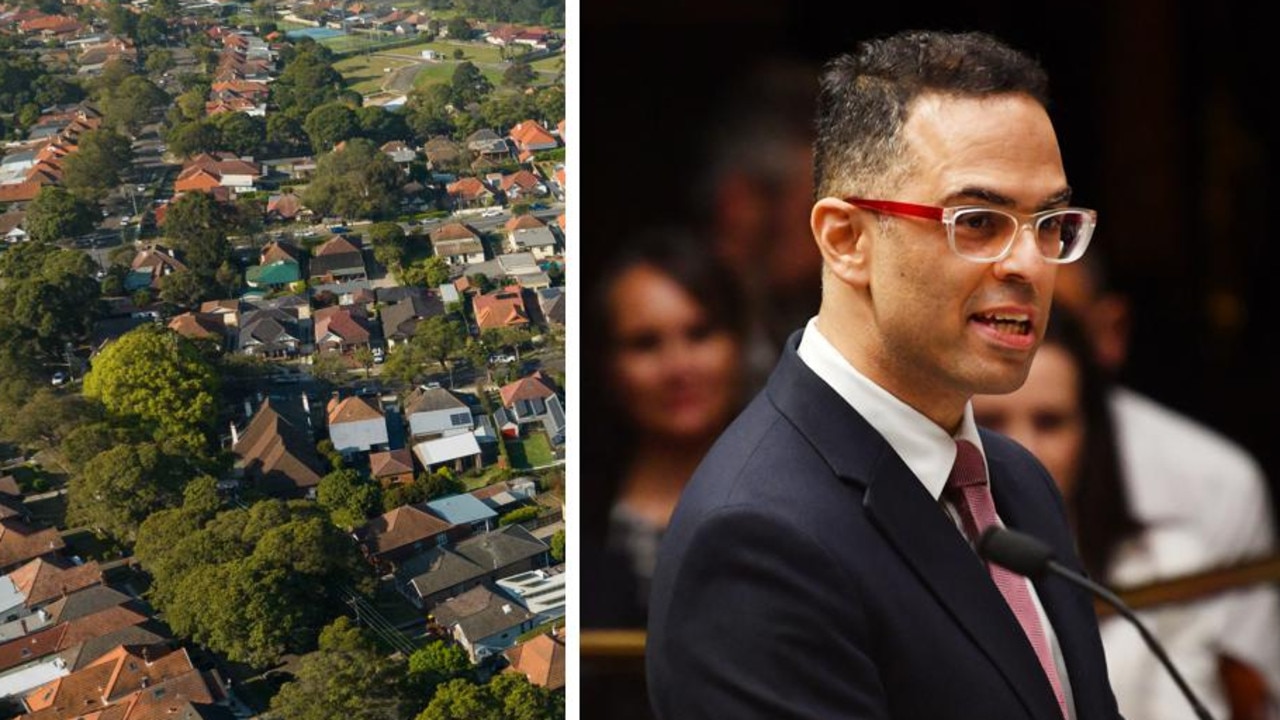A “commuter tax” slapped on Sydney’s eastern suburbs has been slammed by the treasurer as being “unfair and unsustainable”, amid calls to sort out growing house prices in Australia’s most expensive city.
The swipe at continuing development in Sydney’s outer suburbs as NSW Treasurer Daniel Mookhey said the unfair scenario ended up subjecting households to the costly effect of climate change.
Speaking at the NSW Productivity’s Housing Symposium on Monday, Mr Mookhey reiterated the government’s message that increased housing supply and higher density targets needed to be incorporated in Sydney’s eastern suburbs, instead of extending Sydney’s western sprawl
“We’ve also been building housing in the wrong locations in the past decade, the Eastern Sydney component of our city suburbs from Watsons Bay to Little Bay, Waverley and Randwick have added 7000 additional dwellings for people while at the same time,” he said.
“Suburbs in Western Sydney like Blacktown have added five times that number.”
Mr Mookhey said growing outer development was creating an unfair “commuter tax” on residents travelling into the CBD for work.
“The inability to build homes close to where people work in effects imposes a commuter tax on those who cannot afford close to their jobs and is unfair, and it’s not sustainable,” he said.
Building homes in the Sydney’s east could reduce the costly effect of climate change, with households in the western suburbs subjected to higher temperatures.
“Sydney’s West more frequently experiences heatwaves, with the average summer maximum in Penrith, being about five degrees higher than in the coastal areas of Sydney,” he said.
“The disproportionate impact on children, the elderly and the vulnerable communities from deaths caused by heatwaves is significant.”
Productivity Commissioner: Density is key
NSW Productivity Commissioner Peter Achterstraat said increasing housing density was a key strategy to making houses more affordable, and increasing supply, with current figures suggesting there were currently 100,000 more households than there are houses.
“Any strategy to improve appropriate housing and affordable housing must also include increasing supply,” he said.
He cited areas like the Northern Beaches and the Eastern suburbs as two areas which buyers were willing to pay a 40 per cent pricing premium to live in those areas, with suburbs like the Inner West, the City and the Inner South, Ryde, North Sydney and Hornsby, and Baulkham Hills and the Hawkesbury attracting a premium between 31 per cent to 40 per cent.
However he said the idea of increasing density needed to be expanded beyond “a high-rise on every corner,” but could also include walk-ups, town houses, and suplexes.
“There has to be a variety of that what we want to generate today,” he said.
“(This) is a discussion of how we can increase the density (and get) more people closer in.”
Using Treasury figures, Mr Mookhey said on average the 1500 apartment homes built between 2017 to 2022 were seven-storeys, resulting in about 20 dwellings per storey.
However had building approvals allowed for the apartment builds to reach 10-stories, the state could have built 45,000 homes, which could have lowered apartment prices and rents by 5.5 per cent, or $1800 a year in rent using medium apartment prices.
NSW amps up powers for developer watchdog
On Sunday, the government committed $24m to the establishment of the Building Commissions, with 400 inspectors integrated from Fair Trading to the Building Commission.
NSW Building Commissioner David Chandler said “powerful intelligence teams” would identify dodgy developers with inspectors having a 90 per cent success rate.
“We’ll have a three month rolling strategy of where right across NSW are the riskiest housing types, the riskiest players, and potentially the riskiest materials, and that’s where we’ll send the inspectors,” he said.
NSW Premier Chris Minns said the new initiatives would create added “confidence in the marketplace,” especially in off-the-plan builds as the government gears up to increase housing.
In order to meet targets under the National Housing Accord, NSW must build 75,000 homes a year by 2029, however government forecasts show the state is currently set to fall short of the target by 134,000 dwellings.
